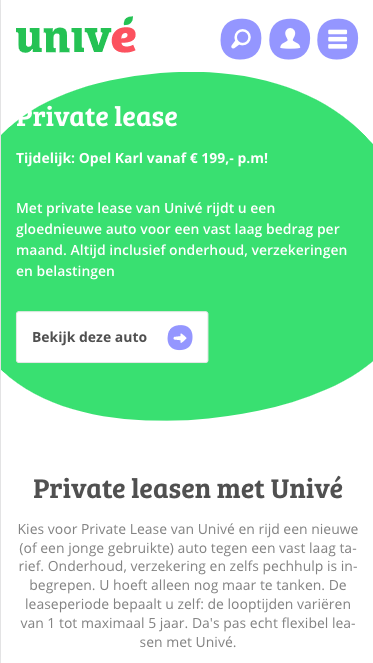Low-code for Insurance Solutions
Insurance companies are increasingly stepping away from outsourced development teams that build and maintain their IT infrastructure. Not only is it costly, but it is also cumbersome to drive innovation as a business when relying on external parties. This is why more and more insurance companies have opted to bring a low-code platform like Betty Blocks into their technical fold.











